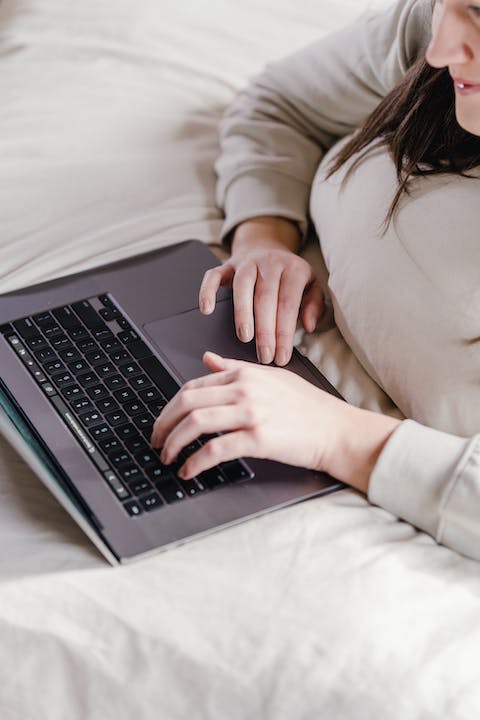How to Connect Mini Projector to Laptop: A Complete Guide
In today's digital age, mini projectors have become essential gadgets for presentations, movie nights, and gaming. However, many users struggle with the initial setup process, especially when it comes to connecting them to a laptop. If you're one of those facing this challenge, fear not! This guide will walk you through the step-by-step process of how to connect a mini projector to your laptop, providing you with the knowledge and confidence to enjoy this incredible audiovisual experience from the comfort of your own home or office.

Connecting via HDMI Cable
Connecting a mini projector to a laptop using an HDMI cable is one of the simplest and most common methods. To begin, make sure both your laptop and the projector are turned off. Locate the HDMI port on your laptop and the corresponding port on the mini projector. Connect one end of the HDMI cable to the laptop and the other end to the projector, ensuring a secure connection. Once the cable is connected, power on both devices and wait for them to establish a connection. Adjust the display settings on your laptop to extend or duplicate the screen, and you're good to go!
Connecting via VGA Cable
If your mini projector or laptop doesn't have an HDMI port, you may opt to connect them using a VGA cable. Start by turning off both devices and locating the VGA ports. Connect one end of the VGA cable to your laptop and the other end to the mini projector. Power on both devices, and they should recognize each other automatically. Just like with HDMI, adjust the display settings on your laptop to fit your desired screen setup.
Connecting Wirelessly
In this age of wireless technology, it's no surprise that you can connect your mini projector to your laptop without any cables at all. Ensure that your laptop and projector both support wireless connectivity, such as Wi-Fi or Bluetooth. On your laptop, activate wireless display or screen mirroring by going to settings and selecting the corresponding option. On your projector, enable wireless connectivity and search for available devices. Once your laptop appears in the list, select it to establish a wireless connection. From there, you can easily project whatever is on your laptop's screen onto the projector.
Further Inquiries about how to connect mini projector to laptop
1. Is it possible to connect a mini projector to a laptop via USB?

Connecting a mini projector to a laptop via USB is not a common method. Most mini projectors require an HDMI or VGA connection for video and audio transmission. However, there are some models specifically designed to connect via USB. Check the user manual or specifications of your mini projector to determine if USB connectivity is supported.
2. How do I adjust the resolution when connecting a mini projector to a laptop?
To adjust the resolution when connecting a mini projector to a laptop, go to your laptop's display settings. Here, you can choose the resolution that is compatible with your projector. It is recommended to select a resolution that matches the native resolution of the projector for optimal image quality.
3. Can I connect multiple mini projectors to my laptop simultaneously?
In most cases, it is not possible to connect multiple mini projectors to a single laptop simultaneously. Laptops usually support only one external display at a time. However, there are external devices available that enable multi-monitor setups. These devices connect to your laptop via USB and allow you to extend your display across multiple projectors or monitors.


